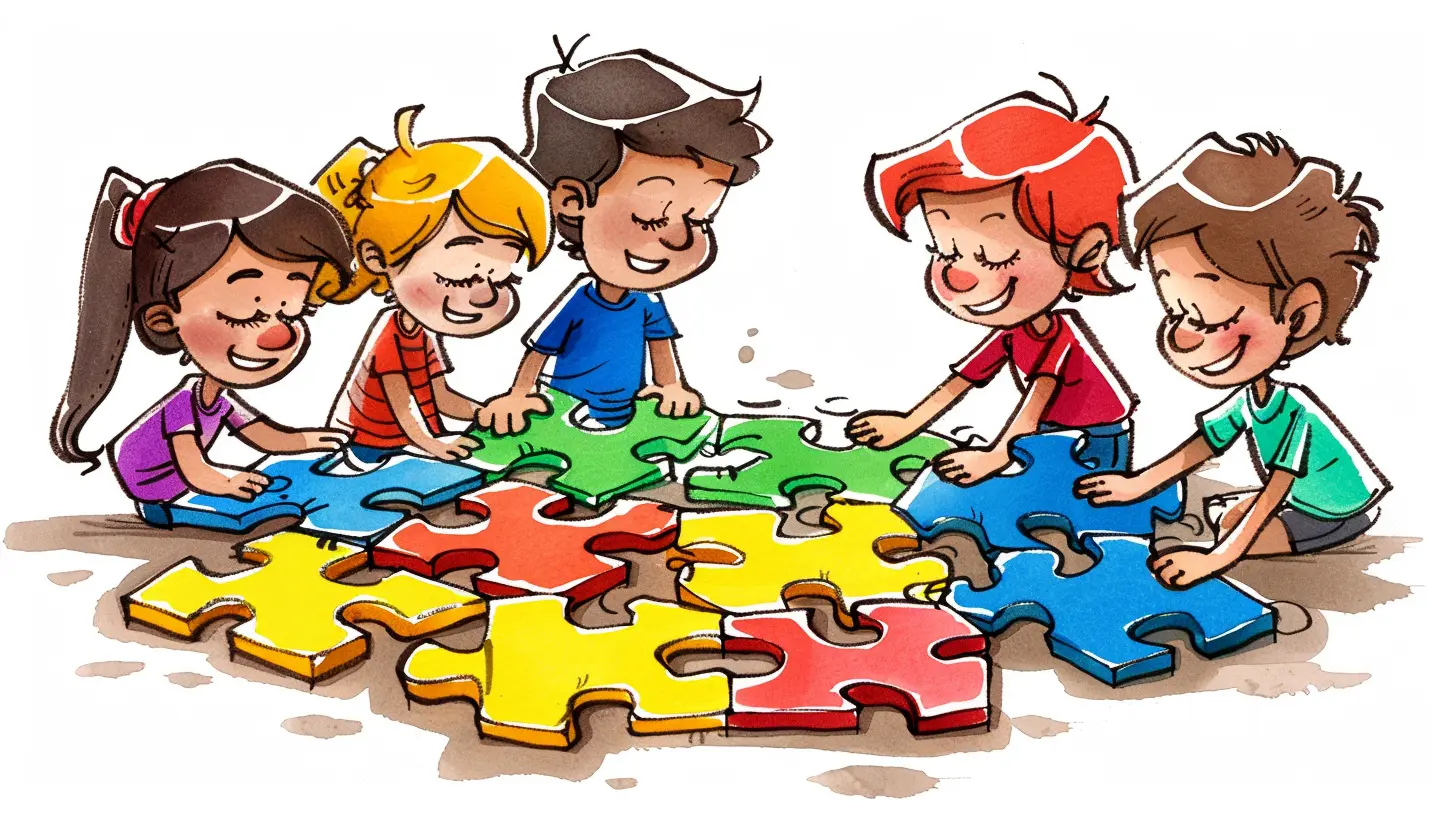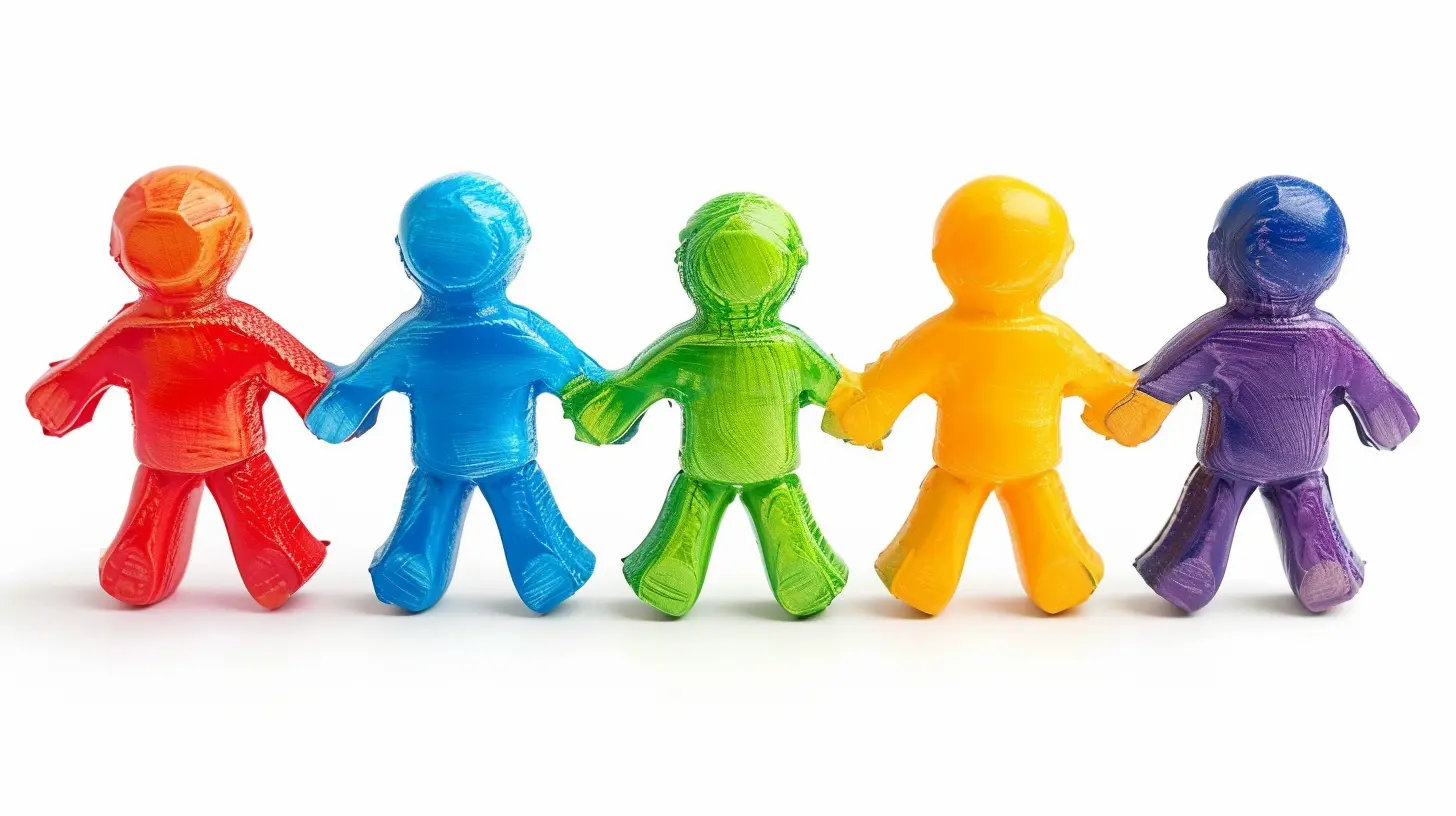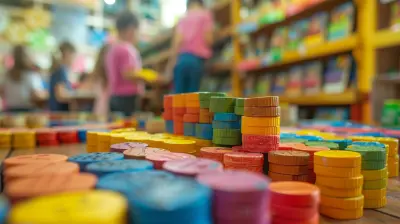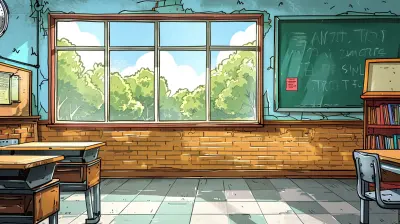29 March 2025
Teamwork is one of those skills that transcends the classroom and becomes invaluable throughout life. Whether you're working on a group project in school or collaborating with colleagues in the workforce, the ability to work well with others is crucial. But let’s face it – teamwork in the classroom doesn't always come naturally. Some students might dominate the conversation, while others stay quiet. Some groups might be a well-oiled machine, while others feel like they're barely holding it together. So how can we make group learning more effective?
In this article, we’ll dive into the importance of teamwork in the classroom and offer actionable strategies to foster an environment where every student feels empowered and engaged. Are you ready to turn your classroom into a collaborative space? Let’s get started!

Why Is Teamwork Important in the Classroom?
Before we dig into the strategies, let’s take a moment to understand why teamwork is so important in the classroom. Group learning goes beyond just completing a project. It's about developing interpersonal skills, improving communication, and learning how to manage different perspectives. It teaches students how to navigate challenges as a team, which is a skill they’ll need in the real world.Building Social Skills
As students work together, they learn how to communicate effectively, listen actively, and respect differing opinions. These social skills are essential for both academic success and future career opportunities.Enhancing Critical Thinking
Teamwork encourages students to think critically about problems and solutions. When they're faced with different perspectives, they have to evaluate the merits of each idea and come to a consensus, which inevitably leads to deeper understanding.Creating a Supportive Learning Environment
In a team, students can rely on one another for support. This creates a learning environment where students feel comfortable taking risks and trying new things, knowing they have the backing of their teammates.
Common Challenges in Classroom Teamwork
Okay, so we know teamwork is important, but it’s not always smooth sailing, right? Let’s address some of the most common challenges that students and teachers might face in group learning settings.Unequal Participation
One of the most frequent complaints about group work is that some members contribute more than others. You know the scenario – one student does all the work, while another barely lifts a finger. This imbalance can lead to frustration and resentment within the group.Communication Breakdowns
Not every student is a natural communicator. Sometimes, students might struggle to get their ideas across or fail to listen to their peers. This can lead to misunderstandings, incomplete tasks, or even conflict within the group.Conflicting Personalities
Just like in the real world, not everyone gets along. Some students might clash due to differing work styles, opinions, or personalities. Without proper management, these conflicts can derail the entire group project.Lack of Accountability
Group work can sometimes make it hard to hold individual students accountable. If the group fails to meet expectations, it might be unclear who is responsible for the shortcomings.Now that we’ve identified the challenges that can arise, let’s shift gears and talk about how to overcome these obstacles.

Strategies for Effective Group Learning
The key to effective teamwork in the classroom is structure and guidance. With the right strategies in place, you can create an environment where every student thrives in their group role. Here are some proven strategies to boost group learning in your classroom.1. Define Clear Roles and Responsibilities
One way to prevent unequal participation is to assign specific roles to each group member. For example, one student might be the "note-taker," while another is the "presenter." This ensures that every student has a defined task and is accountable for their part in the project.Example Roles:
- Project Manager: Keeps the group on track and ensures deadlines are met.- Researcher: Gathers information and resources for the project.
- Editor: Ensures the final product is polished and error-free.
- Presenter: Communicates the group's findings or results to the class.
By giving students distinct roles, you can distribute the workload more evenly and help students play to their strengths.
2. Set Group Norms and Expectations
Before jumping into the task, it’s a good idea to have the group establish some ground rules. These might include how often the group meets, how they will communicate, and how they will make decisions. Setting these norms early on can help prevent misunderstandings later.Example Group Norms:
- "We will meet twice a week to discuss progress."- "We will communicate using our group chat and ensure everyone is informed."
- "Decisions will be made by majority vote."
When students agree on norms upfront, it fosters a sense of accountability and structure.
3. Encourage Open Communication and Active Listening
Communication is at the heart of teamwork. Encourage your students to express their ideas clearly and listen actively to their peers. This means not just hearing, but actually understanding and considering what others have to say.How to Foster Communication:
- Use icebreaker activities to help students get to know each other.- Teach students to use phrases like "I see your point, but I think..." to build constructive conversation.
- Encourage the use of feedback loops, where students summarize what they heard to ensure they understood correctly.
By making communication a priority, students will learn how to work together more effectively.
4. Incorporate Reflection and Feedback
After group activities, take the time to have students reflect on their experiences. Did the group function well together? Was everyone pulling their weight? What could be improved next time? This reflection process can help students learn from the experience and apply those lessons to future group work.How to Reflect:
- Have students complete a self-assessment on their contribution to the group.- Encourage them to provide constructive feedback to their peers.
- Discuss what went well and what could be done differently next time.
Reflection helps students internalize the lessons of teamwork and become more effective collaborators.
5. Use Technology to Enhance Collaboration
In today’s digital age, there are plenty of tools that can help students collaborate more effectively, even outside the classroom. Platforms like Google Docs, Microsoft Teams, and Slack allow students to work together in real-time, share resources, and communicate seamlessly.Suggested Tools:
- Google Docs: Allows students to collaborate on papers, presentations, and projects in real-time.- Trello: Helps students organize tasks and track progress through boards and lists.
- Zoom: Enables virtual meetings for group discussions or presentations.
By incorporating technology, you can remove barriers to collaboration and make it easier for students to stay connected.
6. Break Projects into Manageable Steps
Large group projects can feel overwhelming, and it’s easy for students to get lost in the process. To keep things manageable, break the project into smaller, more digestible tasks. This gives students clear milestones to work towards and helps keep the group on track.How to Break It Down:
- Start by outlining the main goal of the project.- Break that goal into smaller tasks or phases.
- Assign deadlines for each phase, ensuring that the project moves forward at a steady pace.
By taking things step by step, students can stay organized and focused throughout the project.
7. Rotate Group Roles for Fairness
To ensure that no one gets stuck in the same role repeatedly, consider rotating roles throughout the project or across multiple group activities. This gives students the opportunity to experience different responsibilities and develop a well-rounded skill set.Benefits of Rotating Roles:
- Prevents burnout (e.g., one student always being the note-taker).- Encourages students to step outside their comfort zone and try new roles.
- Ensures that everyone has a chance to develop a variety of skills.
By rotating roles, you can create a more balanced group dynamic and give each student the chance to shine.

The Teacher's Role in Group Learning
As a teacher, your role is essential in facilitating effective teamwork. You don’t have to micromanage, but providing guidance and support is key. Here’s how you can help:- Monitor progress: Check in with groups periodically to ensure they’re on track and address any issues as they arise.
- Provide resources: Offer tools, templates, or example projects to help guide students.
- Mediate conflicts: If students are struggling to work together, step in and help them resolve their issues constructively.
Remember, your role is not just to assign the project but to create an environment where teamwork can flourish.
Conclusion
Teamwork in the classroom can be a powerful tool for learning – if done right. By setting clear expectations, fostering open communication, and providing the necessary support, students can thrive in group settings. It’s not just about completing the project; it’s about developing lifelong skills that will serve them well beyond the classroom walls.So, are you ready to implement these strategies and watch your students grow as collaborators and problem-solvers? Give it a try – you might be surprised at just how effective group learning can be!





Alana McQuillen
In unity, minds ignite, Learning blooms in shared delight. Together we thrive, ideas align, In teamwork's embrace, brilliance shines.
March 31, 2025 at 3:46 AM